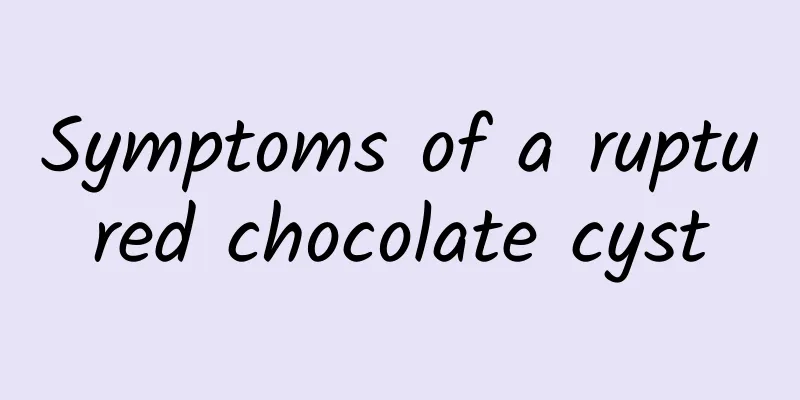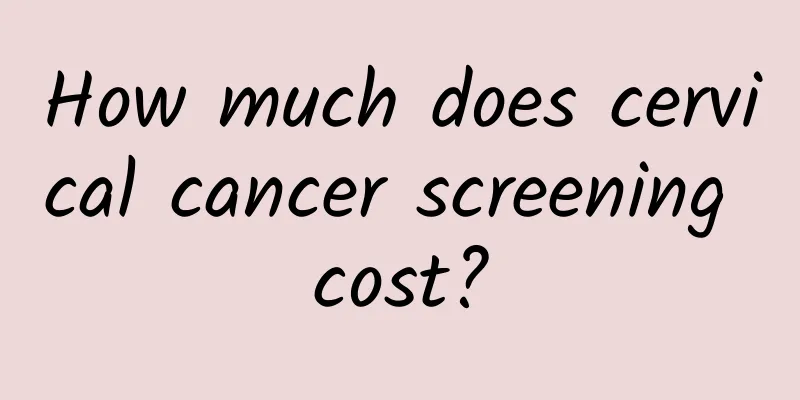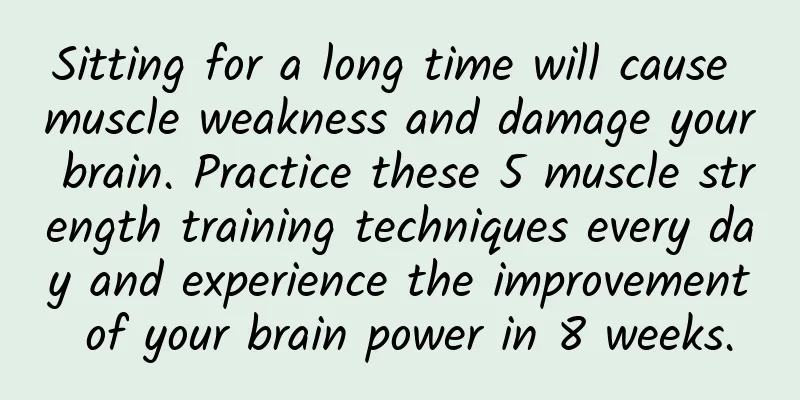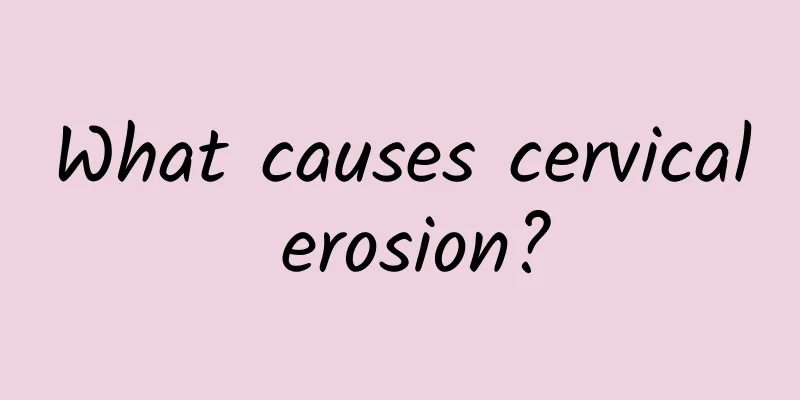Symptoms of a ruptured chocolate cyst

|
Chocolate cysts are the pathological manifestation of endometriosis. The ectopic endometrium, like the endometrium, undergoes synchronous bleeding and fibrosis of the surrounding tissues with the changes in ovarian hormones. However, the blood cannot be discharged through the vagina like menstrual blood, but accumulates locally and forms retention cysts. Ovarian chocolate cysts rupture spontaneously or under the influence of external forces due to a variety of factors, and ruptures can occur repeatedly. After rupture, old blood overflows into the abdominal cavity, causing severe abdominal pain, nausea and vomiting, vaginal bleeding, and other symptoms. It is recommended to go to the hospital for treatment in time. The onset of chocolate cyst rupture is mostly before menstruation or in the second half of the menstrual cycle (luteal phase). Due to repeated bleeding in the cyst cavity before and after the menstrual period, the intracystic pressure increases sharply, and it is easy to rupture spontaneously, or the cyst ruptures due to external force compression and gynecological examination. Generally, there is no amenorrhea or irregular vaginal bleeding. Sudden lower abdominal pain starts on one side, followed by pelvic pain, accompanied by nausea and vomiting. There are few shock symptoms such as decreased blood pressure. There are obvious symptoms of peritoneal irritation in the abdomen, obvious tenderness, rebound pain and muscle tension. There is rarely mobile dullness. Gynecological examination can touch a mass with unclear boundaries on one or both sides of the pelvic cavity. The mass is often connected to the posterior wall of the uterus, close to the uterus, inactive, and tender. If the diagnosis of chocolate cyst rupture is clear, the cyst is not very large, the general condition is relatively good, or those who are unwilling to undergo surgery can be observed in the emergency department, infused, and treated to prevent infection. Whether further surgical treatment is needed depends on whether the condition can be relieved. For patients with severe symptoms and unstable vital signs, surgery should be performed immediately after diagnosis, because the leaking cystic fluid may cause pelvic adhesions, infertility, or re-dissemination and implantation of ectopic endometrium. The onset of chocolate cyst rupture is mostly before menstruation or in the second half of the menstrual cycle (luteal phase). Due to repeated bleeding in the cyst cavity before and after the menstrual period, the intracystic pressure increases sharply, and it is easy to rupture spontaneously, or the cyst ruptures due to external force compression and gynecological examination. Generally, there is no amenorrhea or irregular vaginal bleeding. Sudden lower abdominal pain starts on one side, followed by pelvic pain, accompanied by nausea and vomiting. There are few shock symptoms such as decreased blood pressure. There are obvious symptoms of peritoneal irritation in the abdomen, obvious tenderness, rebound pain and muscle tension. There is rarely mobile dullness. Gynecological examination can touch a mass with unclear boundaries on one or both sides of the pelvic cavity. The mass is often connected to the posterior wall of the uterus, close to the uterus, inactive, and tender. If the diagnosis of chocolate cyst rupture is clear, the cyst is not very large, the general condition is relatively good, or those who are unwilling to undergo surgery can be observed in the emergency department, infused, and treated to prevent infection. Whether further surgical treatment is needed depends on whether the condition can be relieved. For patients with severe symptoms and unstable vital signs, surgery should be performed immediately after diagnosis, because the leaking cystic fluid may cause pelvic adhesions, infertility, or re-dissemination and implantation of ectopic endometrium. The dietary principle for ovarian chocolate cyst rupture is to focus on light food, control the intake of all alcohol, coffee, tea, etc., avoid greasy food, including fatty meat, fried food, etc. In addition, be careful of mold and pickling to avoid aggravating the condition. Do not consume irritating condiments, such as onions, garlic, peppers, cinnamon, etc. |
<<: Precautions after laparotomy for chocolate cyst
>>: Chocolate cysts will definitely recur. How to prevent chocolate cysts from recurring?
Recommend
To improve metabolic syndrome, pumpkin snacks are a magic weapon! Nutritionist Xie Yifang: 4 benefits of light nutritious meals you must know
According to the statistics of causes of death in...
At what age do uterine fibroids usually occur? At what age are uterine fibroids most likely to occur?
At what age do uterine fibroids usually occur? At...
Treatment of vaginitis requires changing the female pH value
There are many aspects to pay attention to in the...
How to cure congenital cervical erosion? 3 treatment methods for congenital cervical erosion
Congenital cervical erosion is a problem that man...
How long can you touch cold water after an abortion?
How long can you touch cold water after an aborti...
Experts introduce some common diagnostic methods for cervical erosion
Cervical erosion is a gynecological disease with ...
What are the main causes of secondary dysmenorrhea?
There are two types of dysmenorrhea: primary dysm...
What medicine should I take for menopausal amenorrhea
What medicine should be taken for menopausal amen...
What are the symptoms of uterine fibroids? 10 symptoms of uterine fibroids
What are the symptoms of uterine fibroids? 10 sym...
What are the main early symptoms of ectopic pregnancy?
Ectopic pregnancy mainly refers to ectopic pregna...
It’s so scary, I gain 3 pounds every Chinese New Year! Nutritionists teach three tips to avoid obesity: Eat healthy snacks wisely
During the Lunar New Year holiday, many people mo...
What are the obvious manifestations of female cervical erosion? Two major clinical manifestations of female cervical erosion
As the saying goes, being a human is difficult, a...
Is the cost of treating congenital absence of vagina expensive?
Is the cost of treating congenital absence of vag...
What is the popular "Silent Walk" in social media? Do you need to walk 10,000 steps a day to be healthy? What is the healthiest way to walk?
Do you like taking walks? As the simplest exercis...
What harm does cervical erosion cause to women? How can women prevent cervical erosion from becoming cancerous?
With the ever-increasing pace of life and changes...









